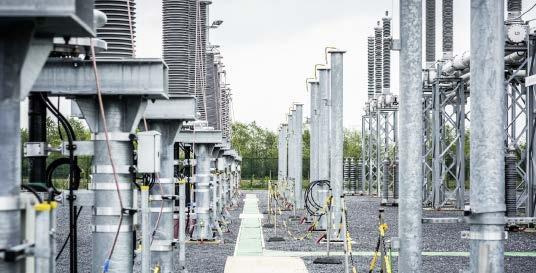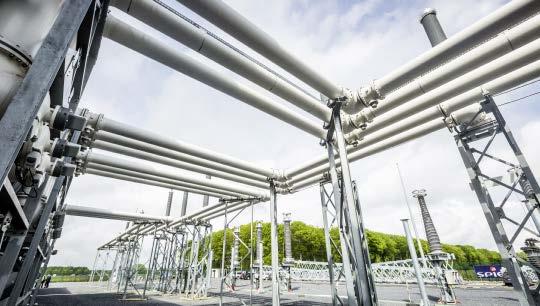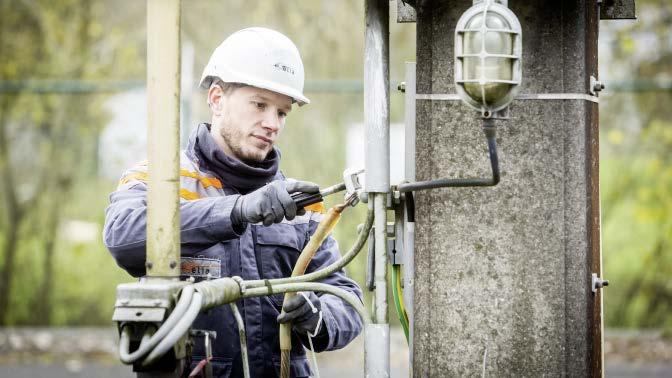
3 minute read
2.3.2. Additional European sensitivities for 2040
What are the differences between TYNDP and the scenarios of this study?
Given that the scenarios were developed without having the full set of assumptions from the TYNDP2018 available to us, some data differences can be observed and are based on other studies and forecasts. Moreover, Elia improved some parts of the modelling to take into account the most recent information for the CWE region (if available when constructing the scenarios). The main differences are:
— This study covers 22 countries while the TYNDP covers the whole of Europe. This has very limited or no impact on the results for Belgium; — The study performs a full adequacy assessment for each scenario and sensitivities which is not the case in the
TYNDP simulations where adequacy is ensured but with lower accuracy (less climate and ‘Monte-Carlo’ years and no thermal derating for balancing reserves); — Demand response shedding is modelled explicitly in this study for all countries and time horizons while the TYNDP covers a limited number of countries based on TSO input; — Demand response shifting modelling for all countries (this is not yet included in the TYNDP modelling framework); — Thermal units are modelled unit by unit in the CWE region,
Spain and Great Britain with the most recent forecasts based on national studies and the latest energy policies. In the
TYNDP modelling framework, these units are aggregated per technology category; — The generation merit order (fuel and CO2 prices) is one of the sensitivities in this study. In the TYNDP, each scenario is linked to one set of fuel and CO2 price assumptions; — Possible commercial exchanges between countries in
Europe might differ slightly as this study starts from the 2025 grid applied for the ENTSO-E Mid-Term Adequacy Forecast (MAF) while the reference grid used for the TYNDP2018 will only be known after the collection of projects that will be finalised by the end of 2017; — The goal of this study is to assess different options for
Belgium. Therefore a large amount of sensitivities are considered for Belgium. In the TYNDP2018 only one set of assumptions can be used for a country for a given scenario.
These possible future scenarios are based on past observations and current trends. On top of the three scenarios, different sensitivities will be assessed both at the 2030 and 2040 time horizons to test their robustness against changes to some key assumptions for Europe and Belgium. For 2040, additional sensitivities were constructed to reflect possible evolutions in terms of interconnections, flexibility and renewable development in Europe. Their impact on European indicators is assessed and the robustness on Belgian technology options tested.
Grid+ THE ‘GRID+’ SCENARIO
This sensitivity is based on the ‘Large Scale RES’ scenario. All assumptions are identical besides the amount of interconnections between the European countries in the studied perimeter (except for Belgium as the increase of interconnection capacity is assessed as sensitivity for all scenarios). An additional 30 GW of interconnection capacity is added in both directions between all European countries. The details on the initial interconnection assumptions and sensitivities can be found in Section 2.7
Flex+ THE ‘FLEX+’ SCENARIO
This scenario is based on the ‘Decentral’ scenario where the demand flexibility was increased for all the countries. In this scenario 50% of the EVs can be used as storage devices on the grid (the so called ‘Vehicle-to-Grid’ – V2G) and on top of this, 50% of EVs and heat pumps consumption can be fully optimised during the day. See the Section 2.4.2.1 and 2.4.2.2 for more details on these assumptions.







